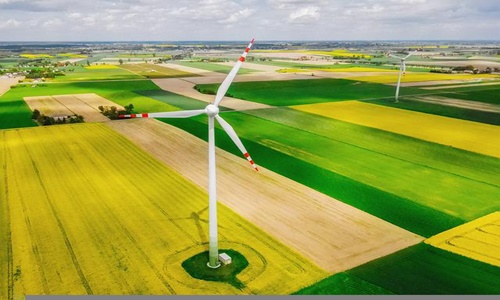
A new report by MIT Energy initiative has reportedly found that deployment and development of novel technologies to store clean energy will be critical to the global shift to renewable energy and avoiding the worse adverse effects of climate change.
The research looks at the rise of grid-scale storage systems and suggests that additional government funding is required. It took three years to develop and was revealed in Washington, D.C. earlier this week.
According to Robert Armstrong, Prof. chemistry at MIT and director of the Energy Initiative, additional federal research funding and the rising demand for energy storage would help cut the cost of large-capacity batteries that can stabilize and power regional power grids.
To meet the world's mid-century climate targets, the global economy must decarbonize and produce the majority of its energy from renewable energy sources like wind and solar energy rather than fossil fuels.
However, while these clean sources can provide a huge amount of energy, they are not always available; the sun does not always shine, and the wind does not always blow. Armstrong believes that large-scale storage will be critical in this scenario.
As per the report, 99.9% of the world's existing large-scale energy storage capacity is pumped hydro, a system in which water gathered in a reservoir is sent flowing downstream to convert into propellers when power is needed, and electricity costs are high. When electricity demand is low and cheap, the electricity from the grid is often used to pump water back into the reservoir.
One of the biggest pumped hydroelectric facilities in the world is situated in Massachusetts, hidden in a mountain.
Large-scale, low-cost energy technologies, such as iron-air batteries, flow-cell batteries, thermal storage, and molten metal are also being developed by MIT spin-off organizations.
Another potentially significant energy storage method is hydrogen gas. The gas can then be used to make water and energy in a fuel cell, combined with other fuels and burnt down in furnaces or generators, or compressed and being used as a liquid fuel in planes and heavy vehicles.
Source credit: https://www.wbur.org/news/2022/05/16/mit-energy-initiative-clean-power-storage-funding-research




